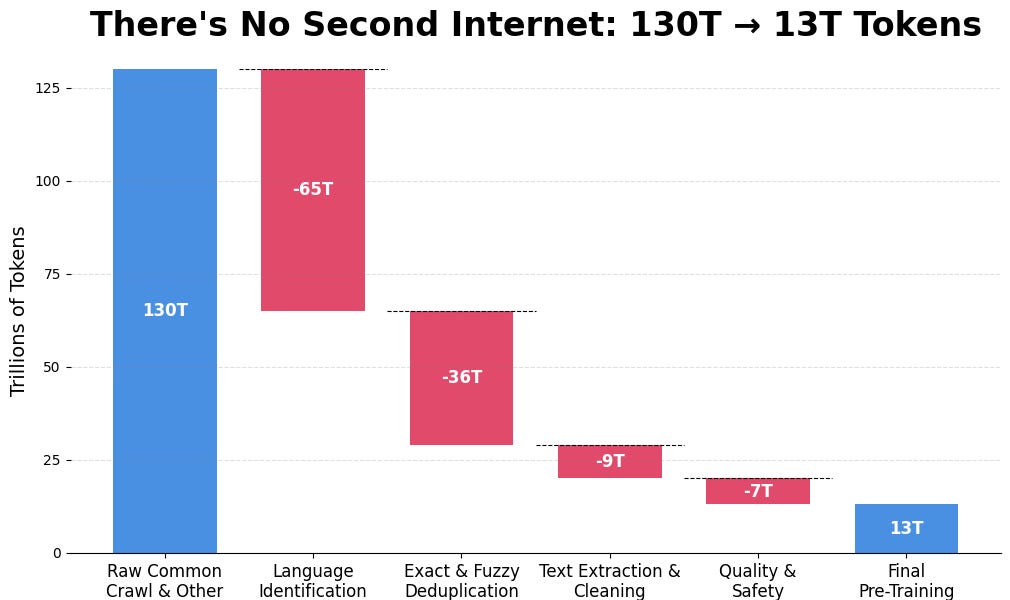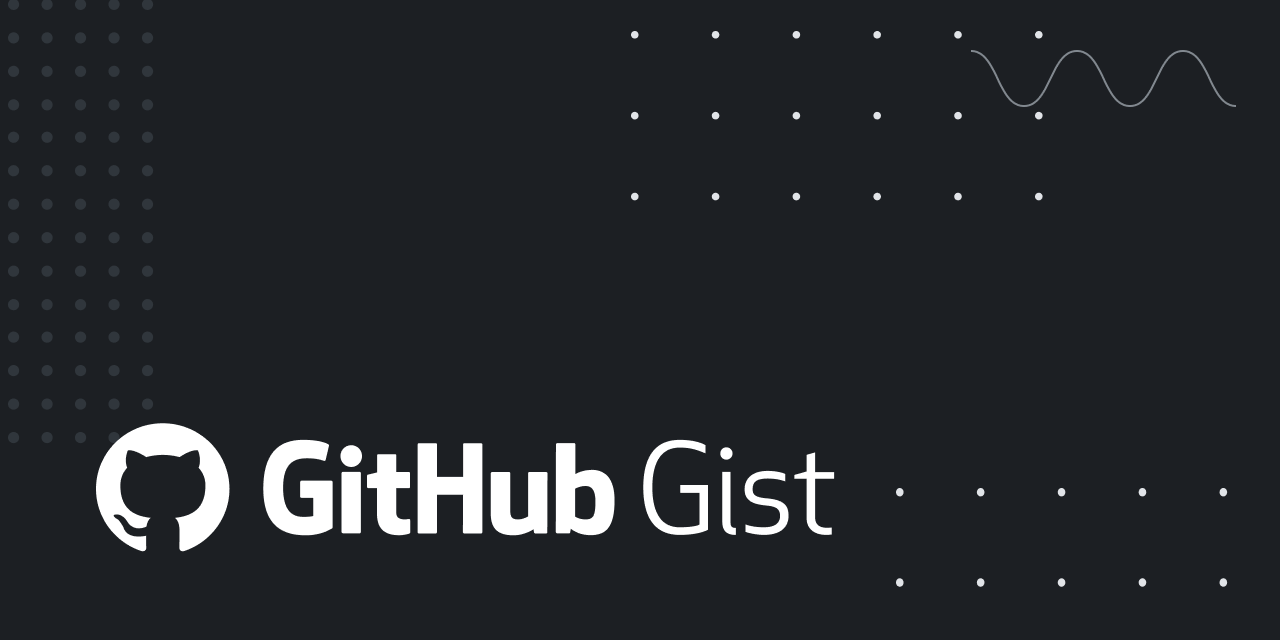OpenAI's Ambitious Plan: An AI-Powered Jobs Platform and Certification Program

OpenAI is launching an AI-powered jobs platform next year to connect employers with AI-skilled candidates, aiming to boost AI adoption across businesses and government. They'll also introduce a certification program in the coming months, teaching workers practical AI skills. Partnering with organizations like Walmart, OpenAI aims to certify 10 million Americans by 2030.

















